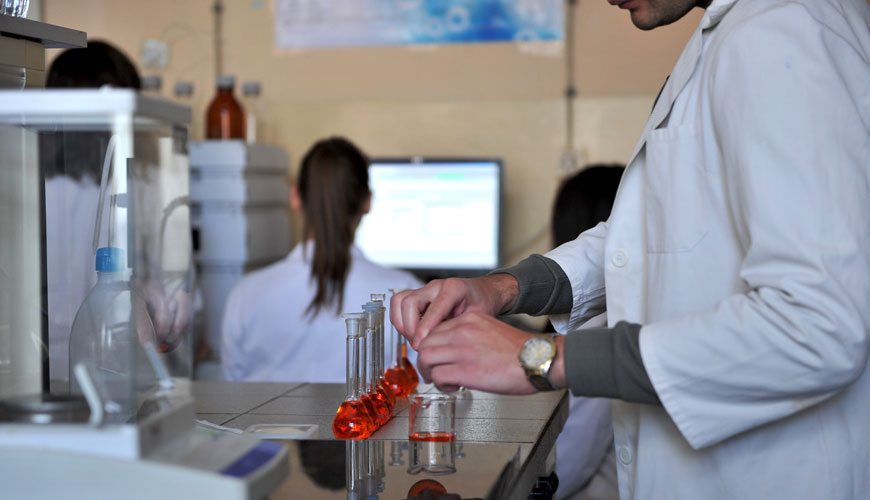

The ASTM D543 test covers the evaluation of all plastic materials for resistance to chemical reagents, including casting, hot molding, cold molding, laminated resin products, and sheet materials. Three procedures are offered, two under application A (Immersion Test) and one under application B (Mechanical Stress and Reagent Exposure at Standardized Stress Conditions).

These practices include provisions for reporting changes in weight, dimensions, appearance, color, durability, and other mechanical properties. Standard reagents are specified to produce results on a comparable basis without hindering the use of other chemical reagents that meet specific chemical resistance requirements.
Precautions were taken for various exposure times, stress conditions, and exposure to reagents at elevated temperatures. The type of conditioning (dip or wet patch/wipe method) depends on the end use of the material. If the material is used as a container or transfer line, immersion of samples is used.,
Application B for assessing environmental stress cracking resistance differs from Application D7474, which aims to measure residual stresses in molded sulfone plastic parts using calibrated chemical reagents. Practice B differs from Test Method D1693, which aims to measure the susceptibility of ethylene plastics to environmental stress cracking under certain conditions by measuring the proportion of samples cracking at a given time.
The effect of chemical reagents on properties shall be determined by making measurements on standard samples for such tests before and after immersion or stress, or both if tested.
Values stated in SI units should be accepted as standard. Values in parentheses are for informational purposes only.
This standard does not purport to address all, if any, safety concerns associated with its use. It is the responsibility of the user of this standard to establish appropriate safety, health and environmental practices and to determine the applicability of regulatory restrictions prior to use.
ASTM D543 Test Procedure
Multiple samples are used, typically at least 5 for each material/chemical/time/strain condition. Samples can be weighed and measured before they come into contact with the chemical reagent. Strain jigs designed for ASTM isod rods or ASTM Type I tensile rods are used to simulate end-use stress on test specimens. Depending on the type of contact expected for the test specimen, chemical exposure may be dipping, wiping, spraying, or saturated gauze.
The test samples are then sealed in a container and either left at room temperature or placed in an oven. At the end of the agreed time, the samples are removed and evaluated for desired properties such as change in weight, appearance or shrinkage properties, and controls. The most typical physical strength properties evaluated are tensile strength and elongation.
Our organization also provides testing services to businesses within the scope of the ASTM D543 Standard Test Method for Evaluating the Resistance of Plastics to Chemical Reagents, within the framework of laboratory testing services. Do not hesitate to contact our laboratory EUROLAB for your testing and certification requests.
To get an appointment, to get more detailed information or to request an evaluation, you can ask us to fill in our form and reach you.